AO Edited
Site of the Rosewood Massacre
A thriving Black community was destroyed by an angry white mob at this site in 1923.
It was almost 60 years before survivors of the Rosewood Massacre started talking about what had happened. It was 70 years before justice was served.
On New Year’s Day in 1923, Fannie Taylor, a white woman in Sumner, Florida returned home with bruises on her face. She claimed that she had been assaulted by a Black man, sparking what would become a vicious, racially charged pogrom in Rosewood, a predominantly Black town located a few miles down the road.
James Taylor, Fannie’s husband, assembled a posse of white men. Though Fannie had not identified her alleged assailant beyond his race, the mob began seeking out Jesse Hunter, a Black man who had supposedly escaped from a convict road gang. They believed he was being hidden in Rosewood, though no proof of this was ever produced. The increasingly large mob of white men started attacking the Black residents there for information. They lynched a Rosewood resident named Sam Carter, and dragged another, Aaron Carrier, behind a car until he was close to death. Levy County sheriff Bob Walker intervened, and drove Carrier to Gainesville to receive medical attention.
Over the course of a few days, the mob grew into the hundreds, fueled by neighboring towns and a recent Ku Klux Klan rally. Some of Rosewood’s residents fled into the woods and wetlands, while others stayed to try to defend the town from the white mob, who were setting fire to churches and houses. Eventually, Rosewood was abandoned and the homes and other buildings burned down. Those who had escaped into the woods were eventually able to get on trains that took them to safety.
Though the official death toll was eight people (six Black men and women and two white men), today it is believed that the death toll was much higher. According to some accounts, Fannie Taylor lied about a Black man assaulting her to cover for a lover who was not her husband. Survivors mostly kept quiet about the massacre, out of fear, until 1982, when stories started to come out.
At the time of the massacre, a grand jury found “insufficient evidence” to indict anyone. But in 1994, the state of Florida compensated the victims and their families for its failure to keep them safe. It was the first time in United States history that a state compensated victims of racial violence. A sign now marks the site on State Route 24 where Rosewood once stood.
Know Before You Go
The home is privately owned and can be seen from the road. Please, no visitors.


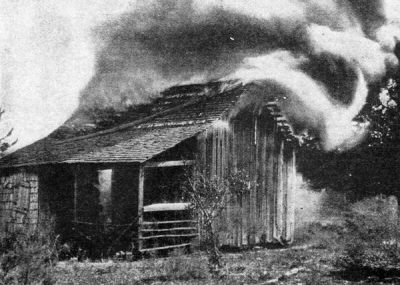


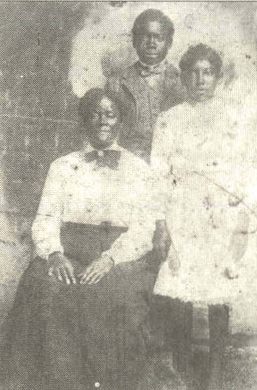
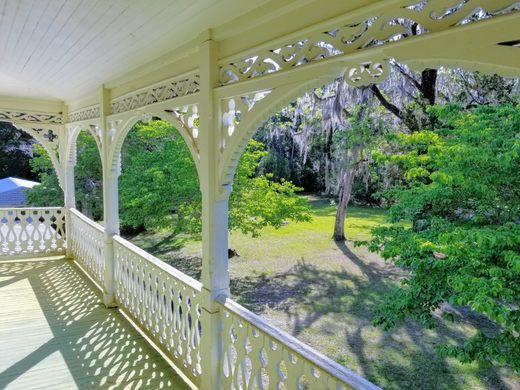
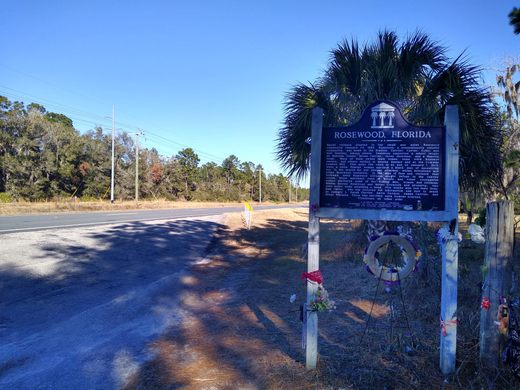

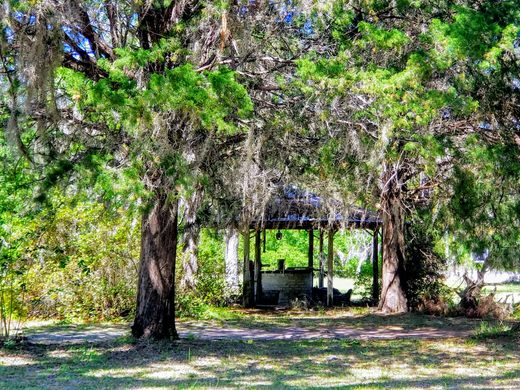







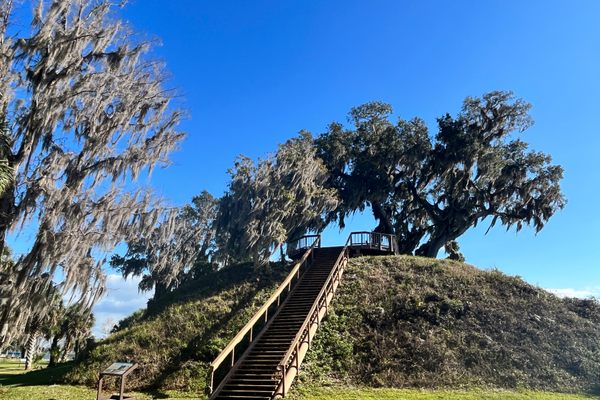
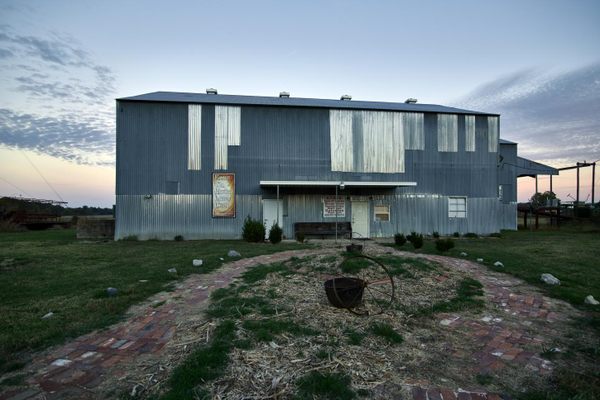

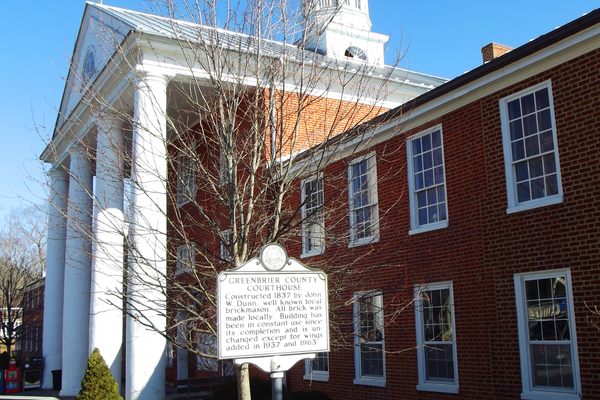

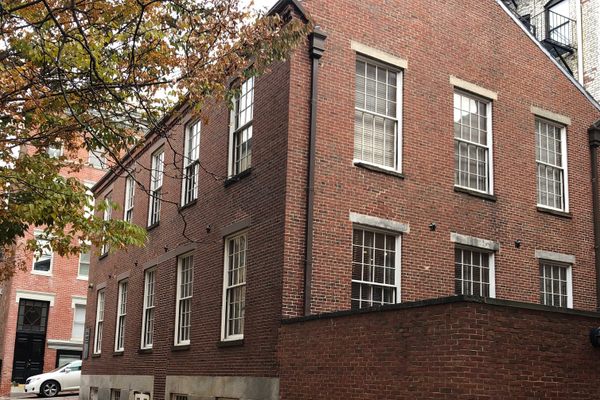

Follow us on Twitter to get the latest on the world's hidden wonders.
Like us on Facebook to get the latest on the world's hidden wonders.
Follow us on Twitter Like us on Facebook